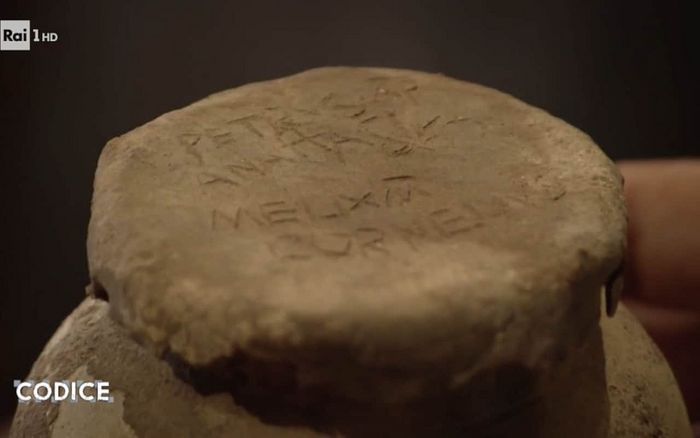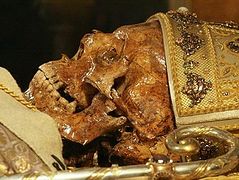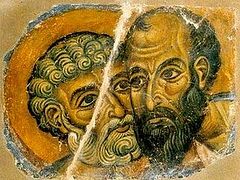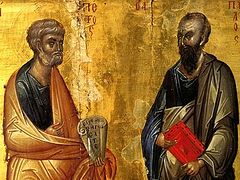Rome, September 13, 2017
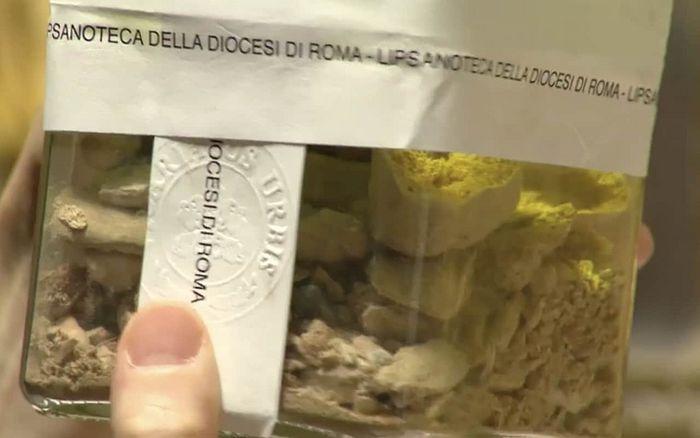 Relics thought to belong to St Peter's have been found by chance in a church in Rome. Photo: telegraph.co.uk
Relics thought to belong to St Peter's have been found by chance in a church in Rome. Photo: telegraph.co.uk Bones attributed to the preeminent apostle St. Peter have been discovered by chance in clay pots in the Church of Santa Maria in Cappella in Rome, along the banks of the Tiber River. The relics were found during the course of construction when a worker lifted a large marble slab near the 1,000 year-old church’s altar, which has been closed for more than three decades due to structural problems, The Telegraph reported on Monday.
The construction worker immediately notified the parish’s deacon after finding two Roman-era pots under the slab. Writing on the lids indicated that the pots contained bone fragments of St. Peter, as well as the early popes Cornelius, Callixtus, and Felix, and four early Christian martyrs. “There were two clay pots which were inscribed with the names of early popes—Peter, Felix, Callixtus and Cornelius. I’m not an archaeologist but I understood immediately that they were very old,” Dcn. Massimiliano Floridi stated on Italian television. “Looking at them, I felt very emotional,” he added.
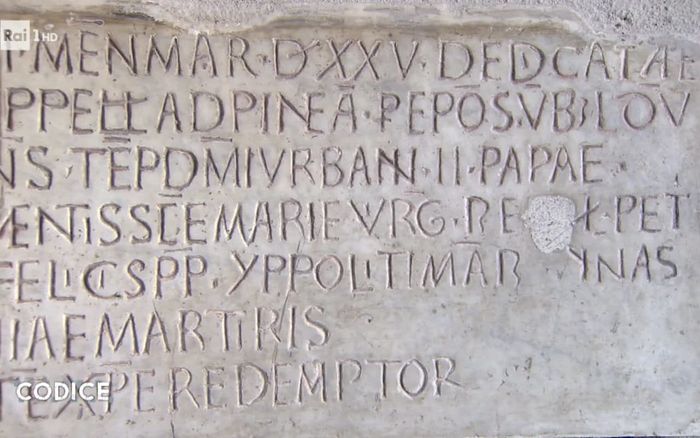 A stone inscription in the church records the fact that it guards the relics of St Peter and other early popes, as well as martyrs. Photo: CODICE/RAI UNO
A stone inscription in the church records the fact that it guards the relics of St Peter and other early popes, as well as martyrs. Photo: CODICE/RAI UNO A stone inscription inside the church claims that the relics were kept at the church along with a fragment of a dress worn by the Mother of God; but it is only now that the centuries-old mystery of the relics has been solved. It is not known why the relics were interred in the Church of Santa Maria in Cappella, although one theory states that they were placed there by Pope Urban II for safekeeping during the time of his struggle against anti-pope Clement III.
The remains have been given to the Vatican for expert analysis. “We’re waiting for a detailed study to be undertaken,” said the deacon. “A DNA comparison between these bones and those kept by the Vatican would shed light on the issue.” A Vatican representative has also stated that it is too earlier to comment on the discovery.
The Vatican’s relics of St. Peter were discovered during excavations under St. Peter’s Basilica after World War II when archaeologists unearthed a casket bearing the Greek inscription “Petros eni,” or “Peter is here.” Forensic analysis in the 1906s established that the remains belonged to a first-century man in his early sixties. Based on these results, Pope Paul VI declared them to be the authentic remains of St. Peter in 1968.

